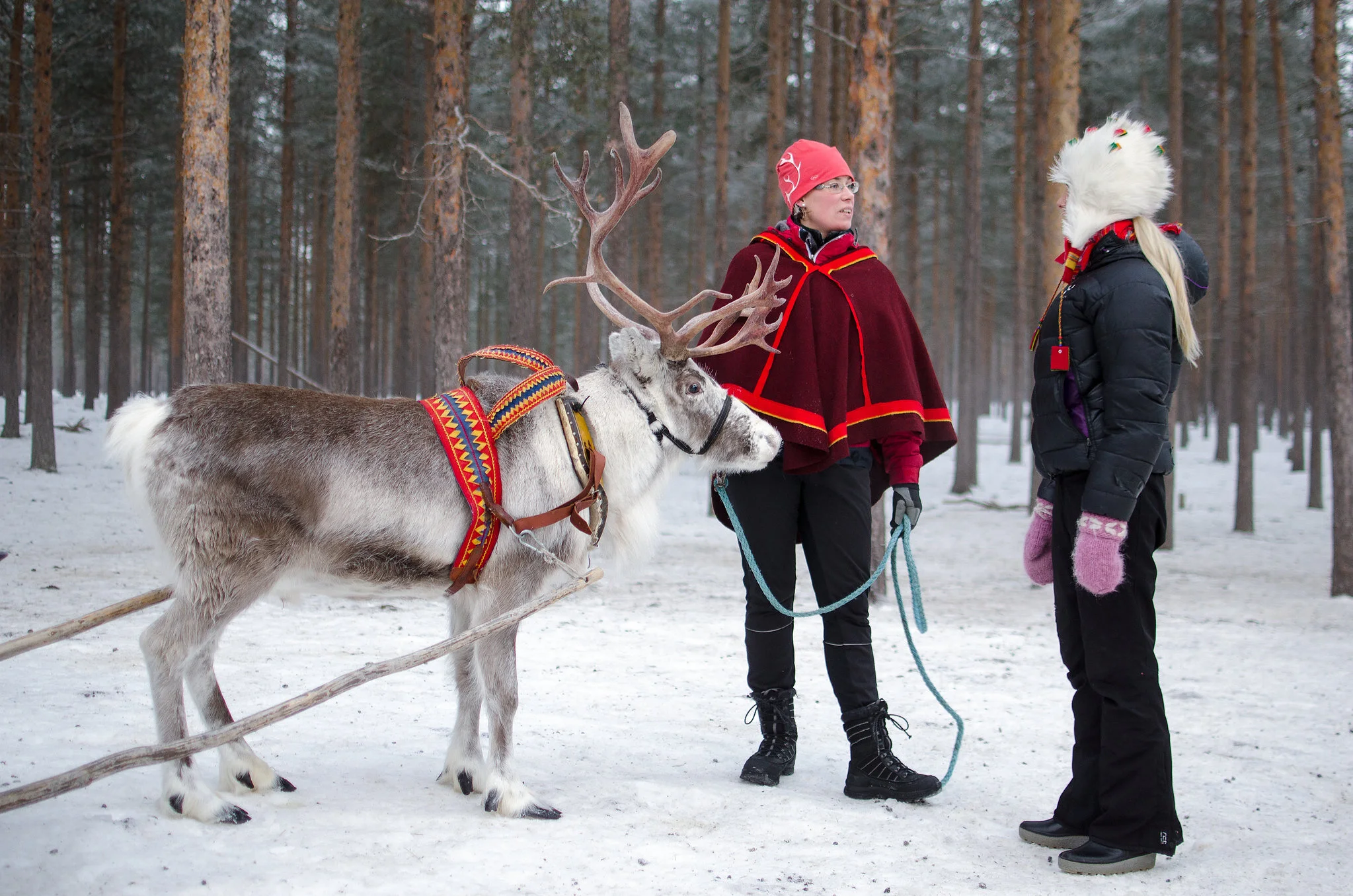The last few decades have seen an exponential rise in the deployment of wind energy worldwide, mostly through the development of large-scale wind farms. Onshore wind is land-intensive: because wind energy is more dispersed than fossil fuel energy, it has significant spatial requirements, and with those requirements come an increasing number of conflicts—from the Americas to Asia, Africa, and Europe (Avila 2018). Two key features of these conflicts are pressures on land and patterns of uneven development, which create problems of space and justice (Avila 2018).
Read MoreWhile we live in an era that will most likely be shaped by the climate crisis, right now the focus is on coronavirus, which has turned the world into a very different place in a very short time. However, climate change is not sitting down and waiting patiently until we’re done dealing with the coronavirus. It continues to be an existential threat to humanity, even if short-term decrease in activity may slow it down. In a way, it is accompanying the coronavirus like a shadow, challenging us to consider it in every step of the way. The challenge, as we will see, is not only to remind ourselves that the climate crisis is here, even if we deal with another emergency, but also to learn the lessons from the coronavirus and figure out how to apply them to the fight against climate change.
Read More

